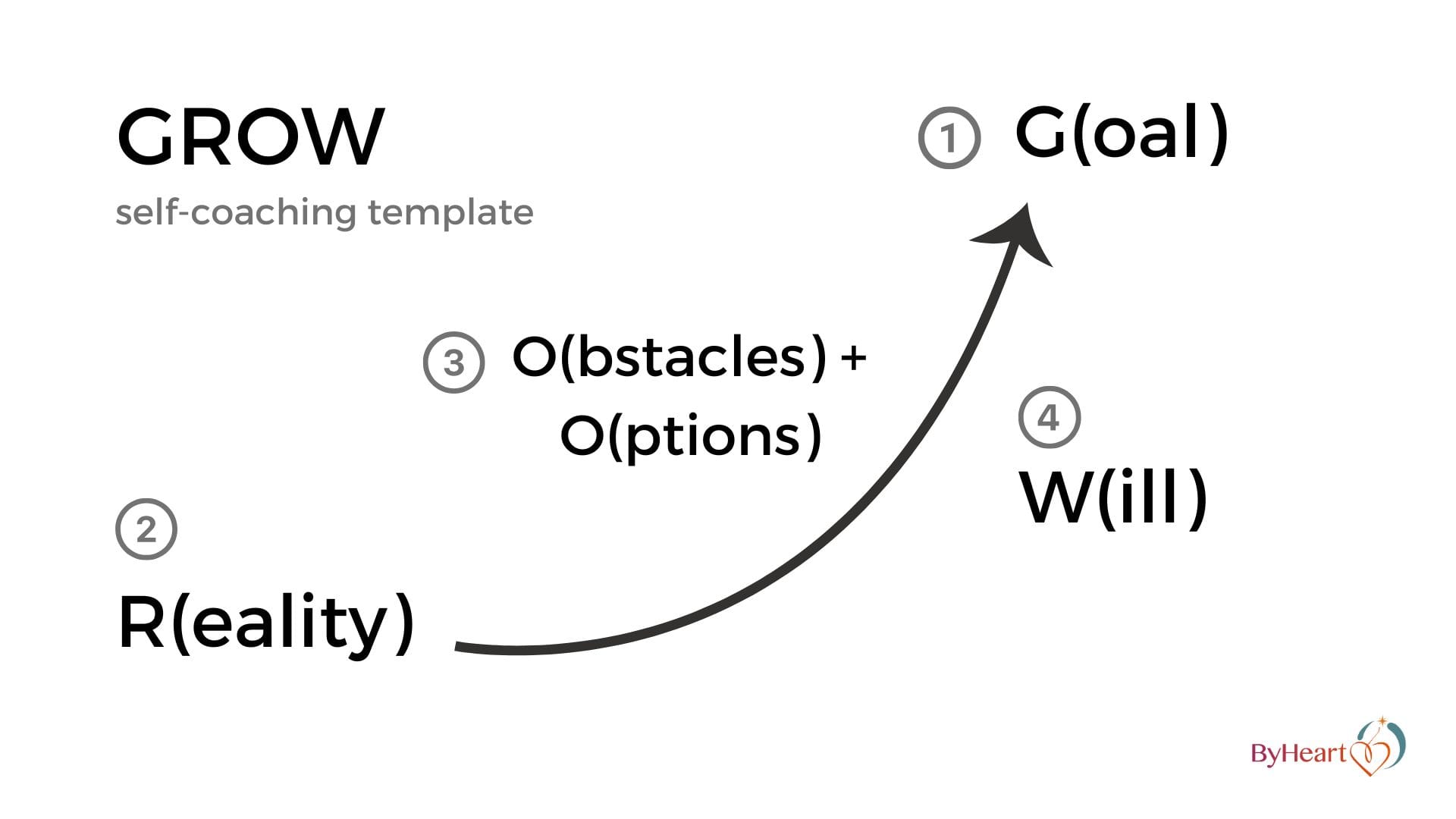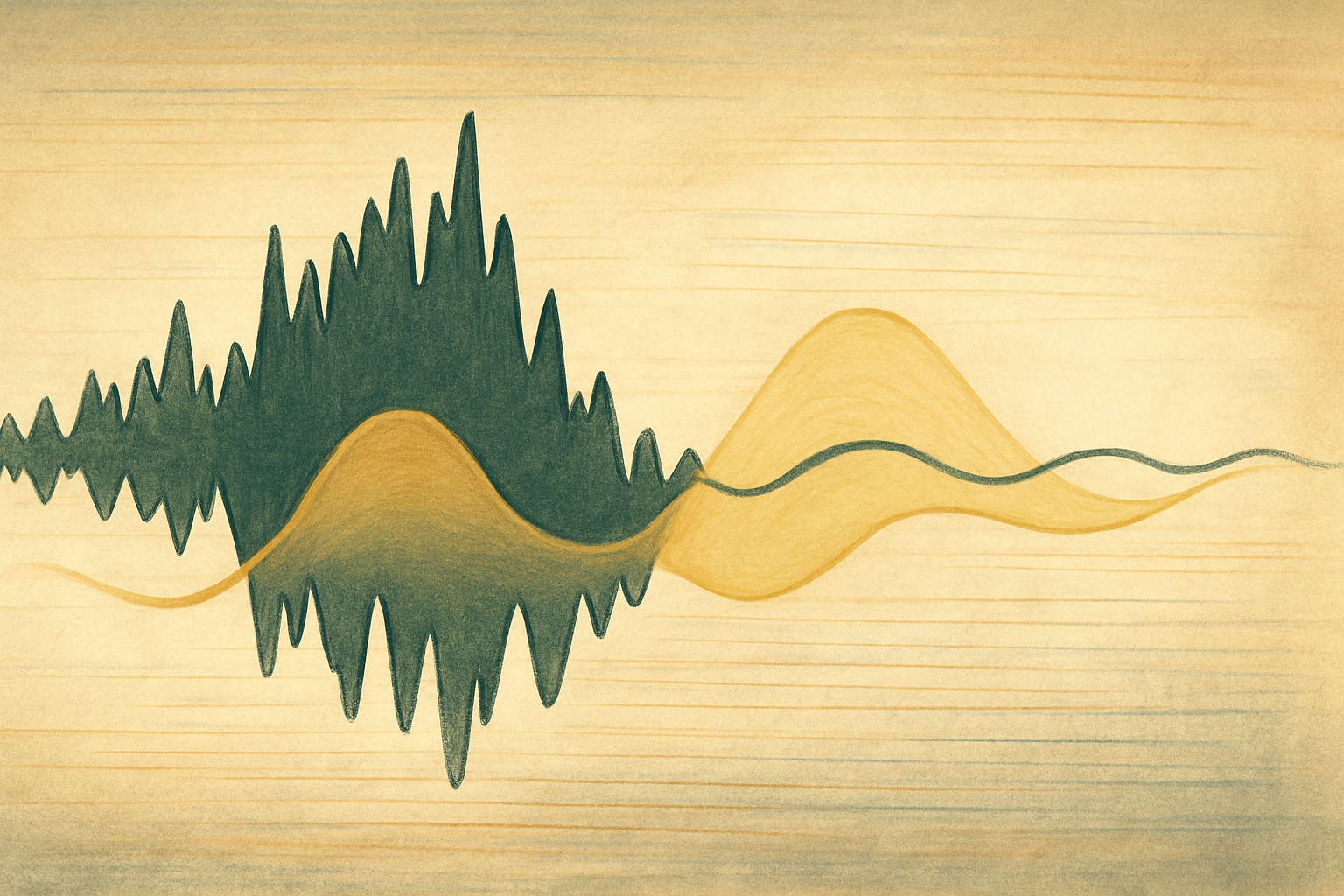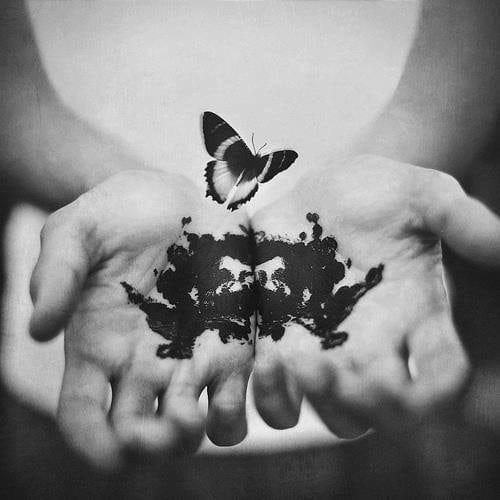Listen to this article
The Ache of Going Nowhere
You’ve read the books. Listened to the podcasts.
Talked it through perhaps — with a coach, a friend, a very patient plant.
You’ve traced the outlines of this stuckness so many times,
you could probably sketch it from memory…
with your non-dominant hand…
while on a moving train.
So you probably already know your patterns.
You may even know their origin story.
And still — the wheels keep spinning.
Like something inside you is revving… but not managing to make things move along.
Like a car straining against its own brakes.
You’ve tried willpower.
You’ve tried rest.
You’ve tried giving it time, and you’ve tried pushing through.
Some days you think:
“Maybe I just haven’t gotten to the real root of the problem yet.”
Other days:
“Maybe I am the problem.”
(That thought slips in quietly, disguised as common sense.)
And maybe, just maybe, part of you is starting to wonder:
What if this isn’t about understanding more deeply the knot you’ve been circling?
What if you’ve done enough of that already?
What if you’re standing at the edge of something else entirely?
When Insight Becomes a Trap
The impulse to try to understand is wholesome.
It comes from care. From a desire to do better, be better.
To learn from the past. To earn your way out of it.
And sometimes, it does help.
Insight can loosen old knots.
Pausing to reflect and get your bearings can ground you.
Making sense of the story so far can help you find your feet.
But there comes a point when more understanding doesn’t bring more movement.
Like walking a maze you’ve memorised, only to arrive — again — at the same dead end.
You’ve seen the pattern.
You’ve named the terrain.
You’ve mapped every twist of the old story.
And still… no way out.
The snag isn’t your intelligence. Or your effort.
You’ve done your homework.
And yet the wheels can't seem to get much traction — and part of you may start to wonder if it’s a flaw in you.
It’s not.
It’s that this strategy — however noble — has given you all it can.
It’s shown you the shape of the maze.
But not the exit.
And if you’re beginning to feel weary — not just tired, but done —
that’s not a failing.
It may be the sign that you’re ready for a different kind of question.
Not “How did I get here?”
But “Where to… from here?”

The Question Behind the Question
By the time people come to me feeling stuck, they already know what they want.
Or at least, they think they do.
As we talk, it gets revealed that they’ve glimpsed the dream.
Held it close, but maybe only briefly.
That they have, without noticing it, skipped straight to asking:
How am I going to get there?
Now, that question — How am I going to get there? — seems like progress.
But often, it’s just the stuckness wearing a new disguise.
A future-shaped version of the same old frustrated loop.
It’s only when I ask where they’re heading that it becomes clear:
they haven’t actually defined where “there” is —
it's still a blur.
Instead, they’ve been searching for the method the How —
not noticing that, without a clear destination, even the right How won’t land.
It’s like trying to catch a train.
If you think you're heading “to the West Country,”
you might scan the departures board and see nothing that matches.
But if you can get to know what beckons and get more specific, like “I want to go to Bristol Temple Meads” — suddenly, the options reveal themselves.
Same timetable. Clearer destination.
If you’re not sure whether this applies to you, try this:
A two-step self-check:
- Try describing where you want to go — your “Where To” — without using the word not.
(If your dream is mostly a list of things you’re done putting up with,
you might still be at the complaint-counter, not the ticket desk.) - Now listen back to what you said.
Is it clear? Is it tangible? Could you recognise it if you saw it?
And most of all — is it inspiring?
Because describing a destination isn’t about making a list.
It’s about calling yourself into a future you want to live in.

What Do You Need Right Now?
As you keep scanning that horizon, it can help to ask:
Where am I in the journey toward it?
In my work, I often speak about the four stages of a project or a change:
- Fantasy — the whisper of a wish, not yet connected to the real world.
- Dream — something you’re beginning to imagine as possible for you.
- Plan — the shape of how it might come together.
- Action — the actual doing, step by step.
You can get stuck at any of these.
If you’re in Fantasy, you may need encouragement to let the idea take root, to keep nurturing it. (It’s so tentative, you might write it off as a daydream, or wishful thinking – just the kind of thought you dismiss before it has a chance to grow.)
If you’re in Dream, your faith may need a boost — to help you imagine and step into the world where your dream could live.
If you’re in Plan, your thinking and imagination need to work hand in hand,
as your Where To begins to meet reality’s constraints.
If you’re in Action, your focus is on keeping your motivation topped up,
steering, and course-correcting as you go.
Some people move through these stages like stepping stones.
Others leap ahead, loop back, or linger.
And sometimes, before the next step can appear,
something needs to be laid down.
You may need to say goodbye to what came before —
to find forgiveness, for yourself or for someone else.
To honour what has been… and still love what could be, even more.
There’s no wrong rhythm.
But there’s real power in knowing where you are —
so you can recognise what you most need, moment by moment.
Sometimes the work is to build momentum.
Other times, it’s to pause and ask:
Does this path still lead where my soul wants to go?
Already Underway? Here’s What to Watch For
If you’re past the Fantasy stage, your challenge becomes double:
Think big picture and fine detail.
Make sure you're still facing in the right direction — and find the next step to take from where you actually are.
Even in Plan or Action, you’ll need to keep updating your map.
Not because you’re drifting off course — but because real change is alive.
It moves — and your way-finding needs to move with it.
One of the tools I return to often is a coaching framework called GROW.
It’s simple — and surprisingly powerful.
GROW is an acronym for four elements that help you map where you are,
where you want to go, and how you might get there.
It helps you sketch the lay of the land —
and find the next good place to plant your foot.

- G = Goal — your Where To.
This needs to be the most inspiring version of your dream.
It needs to feel real, alive, and yours.
If it comes short of that, keep asking yourself:
what would take it closer to 10/10? - R = Reality — your point of departure.
Where are you starting from today?
(Has anything shifted since you last checked?) - O = Obstacles and Options— the territory along the way.
This is where the How lives — but it only comes alive
when it connects to a vision that moves and inspires. - W = Will — the next step you’re willing to take.
Not a leap. Just the next available movement that feels true and right for you.
You can use these headings in a conversation with your journal.
Or with a coach. Or with a trusted companion.
The magic isn’t in doing it perfectly —
but in bringing the dream with you as you move.
Your challenge, along the way, is to avoid getting disheartened.
To keep returning — not to what’s getting you stuck, but to possibilities.
Too often, when I ask people how they’re doing, they answer:
“Well, the problem is…”
(Remember where this conversation began?
With the pull to fix what’s not working —
so strong it distracts your gaze from what’s possible.)
At any stage, you may need to ask yourself anew:
How would I love things to go from here?
And if the Drone of Disappointment has grown deafening —
if the old tune of what’s broken is starting to drown out everything else –
here’s something I share often, because it helps so many people breathe easier.
Imagine twelve brain cells —
sharp, insistent, loud —
constantly rehearsing worst-case scenarios.
They’ve got evidence. Memories. Risk assessments.
These cells aren’t malicious — just overenthusiastic.
They’ve taken their job description very seriously.
They’re trying to keep you safe — but they dominate the airwaves.
And then… over in a quiet corner, there are three other cells.
Less certain. Less practised.
But carrying something precious:
a glimpse of what you hope might be possible.
They don’t shout. They don’t interrupt.
They’re too polite for that.
You have to turn toward them — and choose to listen.
And when you do?
They start to grow and multiply.
When the brain cells housing your best-case scenario begin to outnumber the Doom Squad, your confidence expands. You start to convert obstacles into options. You see opportunities where there seemed to be none.
I shared this metaphor with someone recently.
As she took it in, I could almost see her mind reorganising itself.
Then she said, half-laughing:
“I’ve just realised what I need was already there.
I just couldn’t see it — until now.”
I have dozen stories just like this one.
When the dream is allowed to take shape —
even just enough to sketch the outline —
the how has something to anchor to.
Your system becomes better able to notice what could be useful.
The next step becomes easier to recognise.
The fear doesn’t disappear — but it stops being the only voice in the room.

Your Future Beckons
If you’ve made it this far,
you’re probably already listening differently.
Not just for what’s stuck —
but for what wants to move.
For the pull of the thing that matters.
For the future that’s trying to speak.
There’s nothing you have to force.
Nothing you have to prove.
You can begin exactly where you are.
With a sketch.
A sentence.
A breath.
And the choice to let the dream grow clear enough
that the next step can begin to meet you.
Where to from here?
Margarita ByHeart offers soul-work for thoughtful people — coaching and writing to support clarity, confidence, and self-trust in how you love, lead, and live.











Member discussion